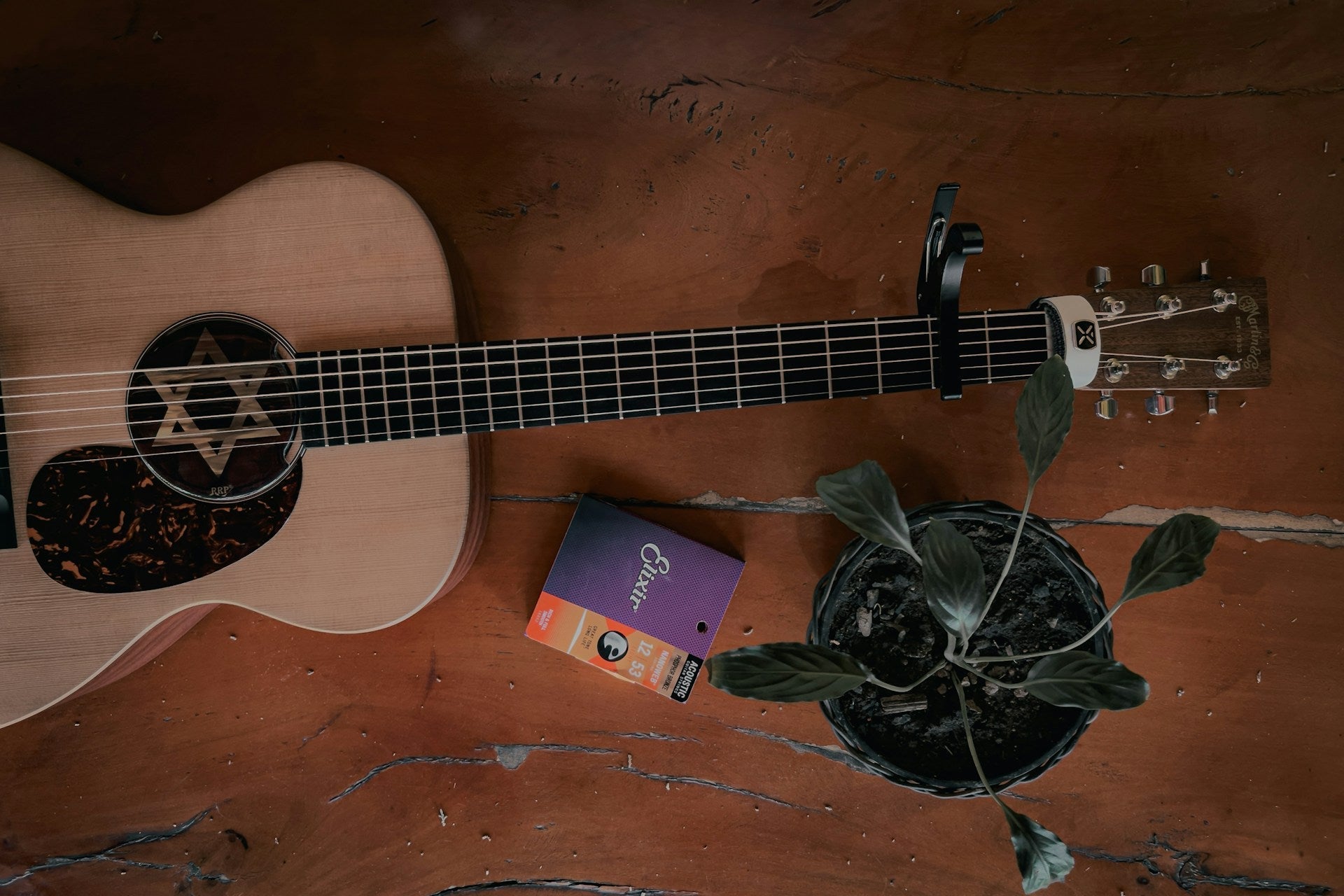
Understanding Why Your Acoustic Guitar Capo Isn't Holding Down Strings Properly
Playing an acoustic guitar with the help of a capo opens up a world of musical possibilities. This little device clamps onto the guitar's neck, allowing you to change the key while maintaining familiar chord shapes. It's like having an extra set of hands, making it easier to experiment and create new sounds. However, for some guitar enthusiasts, there can be some hiccups along the way. One common issue is when the capo doesn't hold down the strings properly, leading to unwanted buzzing or muted sounds.
This problem can turn a joyful jam session into a frustrating experience. There are several factors that might cause a capo to act up, and identifying the culprit is the first step to resolving the issue. Let's break down the most common reasons why this might happen and how you can fix them to ensure your guitar plays in harmony every time.
Misalignment Issues
When your capo isn't placed just right, the strings may not be held down properly, resulting in an inconsistent sound. If a capo is slightly angled or not close enough to the fret, it can cause buzzing or even prevent the strings from vibrating as they should. It's essential to understand that capos need to be positioned with precision to do their job effectively.
Here's how you can solve these misalignment issues:
- Ensure that the capo is parallel to the fret, not angled. An angled capo can apply uneven pressure to the strings and make your music sound off.
- Position the capo close to the fret. It should sit right behind the fret without sitting on it. This provides the best tension and clear notes.
- Double-check the remaining string tension after placing the capo. Open strings should sound clear, not muted or buzzing.
By following these tips, you can prevent misalignment issues and enjoy clear, consistent sound every time you play your acoustic guitar. Adjusting the position and ensuring the capo is securely fastened will often resolve common issues, allowing you to focus on making music rather than troubleshooting problems.
Capo Tension Problems
Capo tension plays a big role in how effectively it holds down the strings. If the tension is too tight, it can cause the strings to press down too hard, leading to sharp notes or even damaging your guitar neck over time. Conversely, if the tension is too loose, it won't press the strings down enough, causing that dreaded buzz or muted sound that disrupts your playing.
Finding the right balance is key. Here’s a simple approach:
- Check the tension setting on adjustable capos. Some capos come with a mechanism to vary tension. Always start with a lighter tension and gradually increase it until the notes sound clear.
- Listen carefully to the sound produced. If there is unwanted buzzing, consider turning the tension knob a notch tighter until the sound stabilizes.
- Be mindful of the pressure applied. If a capo requires excessive force to clamp down, it might not be the right fit for your guitar.
A little tweak here and there with tension adjustment can make a world of difference. Once you find that perfect balance, your songs will resonate beautifully, allowing you to focus solely on playing.
String and Fret Wear
Over time, strings and frets experience wear and tear, which can affect how your capo performs. Old strings might not produce a clean sound when pressed down, while worn frets can create uneven surfaces that complicate proper capo placement.
Consider these tips to address wear:
- Regularly replace your guitar strings. New strings ensure that the capo can press down evenly and produce a clear sound.
- Inspect your frets for any signs of wear. Uneven frets might need to be filed or replaced by a professional to restore a smooth playing surface.
- Cleaning your guitar after playing can help prolong the life of both strings and frets, ensuring you maintain the quality of sound when using a capo.
By keeping an eye on these elements, you'll ensure a polished sound with every strum and minimize problems that can arise from wear.
Quality of the Capo
The material and build of the capo also significantly influence how well it performs. A well-constructed capo will not only last longer but will also apply the right amount of pressure to keep your guitar sounding its best.
Look for these features when selecting a capo:
- Durable materials, such as steel or quality plastic, which can withstand regular use without bending or breaking.
- A smooth, padded clamp to prevent damage to your guitar neck while providing ample grip.
- Reliable brand reputation and customer reviews, which can be a good indicator of the performance and longevity of the capo.
Choosing the right capo is an investment in your music. It ensures consistent performance and makes it easier for you to enjoy playing without the hassle of constant adjustments or replacements.
Making the Most of Your Capo
Understanding these factors empowers you to make the most out of your capo and enrich your acoustic guitar experience. Small adjustments in alignment, tension, and care for your guitar can result in significant improvements. By selecting a well-crafted capo, you set yourself up for a melodious journey, free of unnecessary hurdles.
Regular checks and mindful adjustments can help you achieve a crisp and clear sound every time you play. Let your passion for music guide you to take these simple steps, elevating your playing to new heights.
Whether you're refining your technique or exploring new sounds, choosing the right tools enhances your guitar journey. Discover a range of options with Kyser Capos and find the perfect fit for your needs. Check out our collection of acoustic guitar capos to elevate your playing experience.



Leave a comment
This site is protected by hCaptcha and the hCaptcha Privacy Policy and Terms of Service apply.